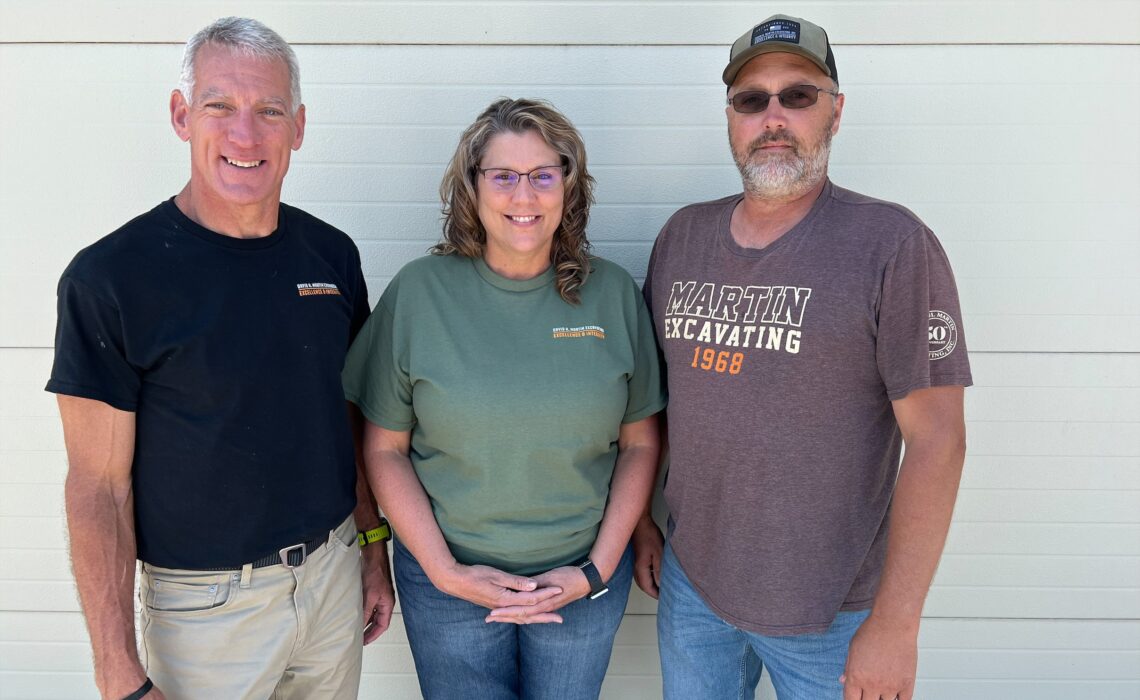Safety is a paramount concern in all
David H. Martin Excavating operations.
Safety continues to be an important and integral aspect of our past, present, and future success. Workplaces free of unnecessary hazards is a hallmark of our operating methods for all involved individuals. Our team understands that project success relies on the completion of our contractual obligations without interruption and/or delay. Employee safety plays a crucial role in accomplishing this goal.
Safety Communication
Due to ever-changing site conditions and the wide range of hazards that each crew may face it is imperative that each site is assessed thoroughly to identify potential hazards.
The following methods are routinely used to eliminate or at least greatly reduce the hazards:
- Performance of on-site assessments from our experienced safety personnel who work collaboratively with our field crews to develop practical solutions.
- Daily execution of a Job Hazard Analysis conducted by the competent person on each jobsite and reviewed with the crew prior to beginning their workday.
- Weekly review of custom toolbox safety talks with the crew to remind them of potential safety issues and control measures.
- Delivery of monthly “Dirt on Safety” newsletters and videos that are targeted for our site safety needs or concerns based upon our site findings.
Employee Training Programs
Safety ultimately begins with the training and knowledge of proper work practices and
expectations of all David H. Martin Excavating team members.
We strive to exceed the minimum requirements by requiring participation in mandatory training programs not required by state or federal regulations. Our commitment to safety is driven by management, our Safety Committee, supervisors, and above all, our employees.
Our written Safety Program consists of a wide variety of courses offered in both English and Spanish. All personnel receive at minimum the necessary training as required by OSHA which could include:
- OSHA 10-Hour and/or 30-Hour Construction Course
- Fall Protection
- Safe Rigging Practices
- Certified Flagger Training
- Lock-Out Tag-Out Training
- Safe Trenching and Excavation Practices
- MSHA Training
- Respirator Protection programs

From left to right: Kelly Kramer is our Safety Director, BarbaraSue Hershey is our Safety Coordinator, Scott Hanley is our Site Safety Manager
Safety Department
The responsibility of our Safety Committee is to provide checks for our program, including:
- Continual policy and procedure review
- Liaise between field employees and management
- Address issues raised by employees to management
To further manage our safety program, we have instituted several continuing education and training programs which include “The Tool Box Talks,” a weekly newsletter issued to each supervisor. Contained in this newsletter are various topics for weekly safety training which has been generated by the DHM Safety Department.
This program is mandatory for all employees and verified by attendance sheets.

